foot doctor issaquah
Displaying items by tag: foot doctor issaquah
Dr Brandon Nelson, A Double Board-Certified Physician & Surgeon, Discusses Stubborn Heel Pain
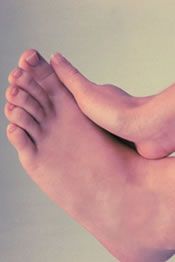
I have to say that exercise for me helps with my mental health and overall wellbeing. I typically workout 6/7 days a week and enjoy running, biking, rucking and walking the dog. It is a great stress relief and helps me clear my head after a day of work. I am sure many of you can relate and as the weather clears more of us are getting back into an exercise routine.
That being said, I always see a spike in heel pain patients this time of year. It makes sense with the weather drying up and everyone wanted to get outside and ready for summer. Heel pain can really sideline you as you return to activities. It can come on suddenly and stick around for months. As a side note, the earlier you get treatment the faster you can recover. It is usually caused by inflammation of your plantar fascia.
The plantar fascia is the main support network of the foot. It is a soft tissue structure that runs from your heel to your toes. It has the function of controlling the foot and helping with propulsion. It can get worn out with time or tired from increased loads. It is by far the most common condition I treat.
Some patients wait quite a while before coming in and these cases are often what I call “stubborn heel pain” or “chronic fasiitis”. This is because the inflammation has now become chronic, and the body has given up on trying to fix it and now coexists with this pathology. These cases are harder to treat and usually require more extensive care. I think it is important to understand that once it becomes chronic, part of the treatment usually requires a reactivation of the body’s ability to recognize this condition. You must take the chronic state of inflammation and turn it back to an acute state.
I really enjoy helping my patients get their life back and their feet pain free. If you would like a consultation for your heel pain I can help. Call to make an appointment with me at 425-391-8666 or make an appointment online.
Sincerely,
American College of Foot & Ankle Surgeons
Issaquah’s Top Podiatrist
Dr Brandon Nelson, A Board-Certified Physician & Surgeon Discusses Treatment Options for Hammer Toes
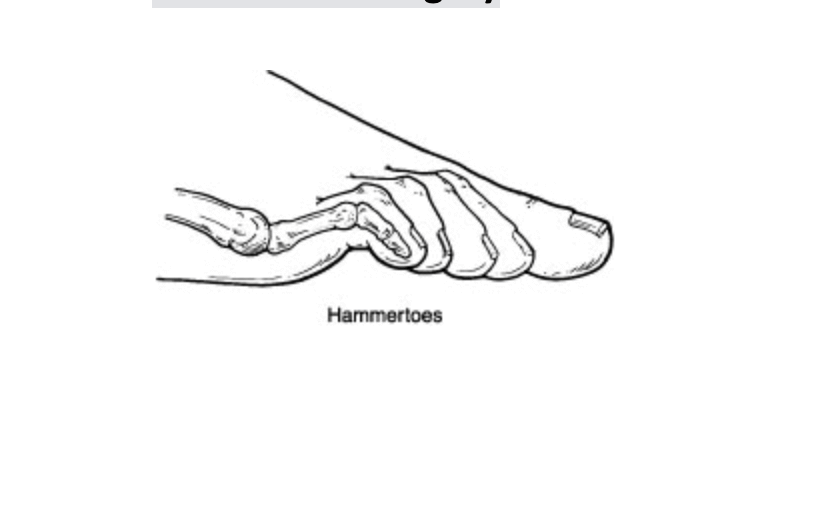
Hammer toes refer to a curling downward of the toes. This can occur in one or more toes and can be a stand-alone pathology or with another type of foot condition like a bunion. The hammer toe is often caused by shoe gear choices, trauma or inherited from mom and dad. It typically gets worse with time and makes it hard to exercise or fit in shoes properly.
The conservative options for hammer toes can sometimes relieve pain. These options are such things as wearing larger or wider shoes, taping the toes, or using pads or spacers. It is important to note that this does not fix the hammer toe. Additionally, with time it usually gets worse and the toe curls more.
Long term or surgical correction is the usuals course for most patients. This involves addressing the underlying causes of the hammertoe or toes. It is important to look at the overall foot structure and any contributing factors. The surgical procedure to correct a hammer toe can be removal of a bone or removal of a bone and soft tissue balancing. Sometimes it requires pinning of the hammer toe to allow the new position to heal and correct itself.
If you would like a consultation on your hammer toes I can help. Call to make an appointment with me at 425-391-8666 or schedule an appointment online.
Sincerely,
American College of Foot & Ankle Surgeons
Dr Brandon Nelson, A Board Certified Physician & Surgeon discusses Hammer Toes

Hammer toes are a curling of the digits of the feet. Specifically the middle of the toes bend downwards and from the side looks similar to a hammer. There are other digital deformities as well like claw toes and mallet toes. But today we will just discuss hammer toes.
Most of the time it is an inherited foot structure that causes hammer toes. An example of this is a flatfoot. A person is born with a flat foot and over time the tendons that run to the toes have been working to create an arch for so long the toes permanently deform creating a hammer toe. There are other causes but the number one cause is the flexor tendons on the bottom of the toe overpowering the other tendons. Once the tendon imbalance occurs hammer toes are the results.
There are a few options for treatment of hammer toes. It is based upon the flexibility of the hammer toe. Is the hammer toe flexible or rigid? If the hammer toe is flexible you can release a tendon and the toe will lay flat. However if the hammer toe is rigid you must remove a small piece of bone in order to get correction. I also recommend looking at the foot structure that is influencing the hammer toe and correct that as well.
If you have hammer toes and would like to discuss how I can help make an appointment with me today. Give us a call at 425-391-8666 or make an appointment online today.
Sincerely, Dr. Brandon Nelson
Dr Timothy Young, a Board Certified Foot Surgeon Talks About Special Achilles Exercise Therapy
This is an extremely effective treatment for Achilles tendon problems. It's also very helpful for strengthening the calf muscle, and for improving balance. The premise of this is that you calf muscle is "firing" as it's getting longer - this is synonymous with deceleration as opposed to a normal muscle contracture where the muscle is getting shorter which is considered acceleration.
Key points:
-Use your upper body strength to raise your heal and then use your calf muscle to lower slowly. The best way to do this is with your hands supported on a high countertop and your feet on the floor with a raised forefoot
· Mild discomfort is okay.
· It is important to build up with this exercise and not do too much too soon.
· Some individuals add additional weight using a backpack
· Lower your heel slowly and it should be lower relative to your forefoot. Therefore some people would use a 1 inch block/book under the ball of the foot
· Start off with both feet simultaneously then add each foot individually.
The traditional Repetitions:
3 x 15 straight knee, then 3 x 15 with bent knee.
Frequency: Twice daily for 12 weeks
The toned down version:
Initially doing a set of 30 using both right and left simultaneously
After several weeks doing more:
An additional set of 30 on the right side
An additional set of 30 on the left side
Example below would be even better if the hands were on a high countertop
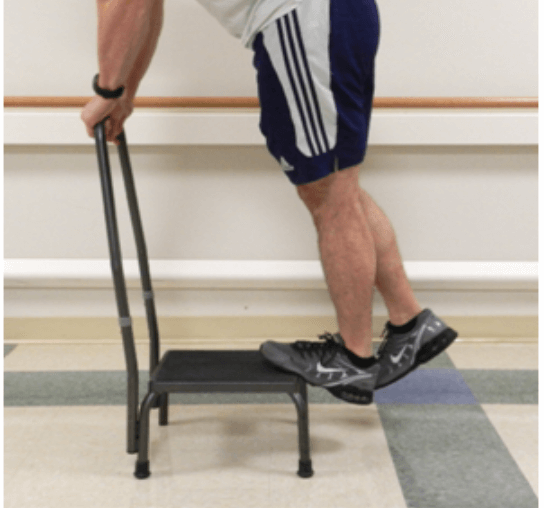
If you are experiencing foot or ankle pain, give us a call at 425-391-8666 or make an appointment online today.
Dr. Brandon Nelson, A Board Certified Physician, Discusses Metatarsalgia And Foot Filler For Fat Pad Atrophy
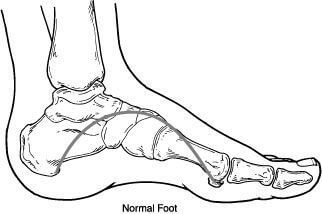
Metatarsalgia refers to pain and inflammation under the metatarsal heads in the foot. Patients often experience burning or tingling or even bruised type sensations in the ball of the foot with walking and exercise. This is often caused by the lose of fat pad or cushioning in the foot. This can occur as a normal aging process or as a genetic predisposition.
One of the best options available to treat fat pad atrophy or loss of fat pad or metatarsalgia are foot fillers. These foot fillers can be used to replace natural cushioning in the foot. There are many different types of foot fillers. I prefer to use adipose tissue as it is a naturally occurring product and provides no immune response. Adipose transplant can be highly effective long term and can be preformed in the office with local anesthetic. Most people find significant relief for long periods and have very little down time.
If you have metatarsalgia or loss of fat pad, contact my office today and request a consultation.
Give us a call at 425-391-8666 or make an appointment online today.
Dr. Timothy Young Talks About Using Tylenol After Bunion Surgery or Foot Surgery

Don’t forget that if you take narcotic pain medication, it may have Tylenol in it. Medication such as Percocet and Vicodin may have Tylenol in it and there’s a maximum daily dose of Tylenol, approximately 3000 mg per day. This is why it’s important to keep a log of your medications. If you’re not comfortable with this then make sure to ask your doctor for narcotic pain medication that is a stand-alone item such as pure oxycodone instead of Percocet.
It’s recommended to have a family member help you keep track of these pain medications with a log. Set your clock or phone so that you have a schedule because you want to stay on top of the pain.
If you are experiencing foot or ankle pain, give us a call today at 425-391-8666 or make an appointment online.
Dr. Timothy Young Talks About Crossover Toe
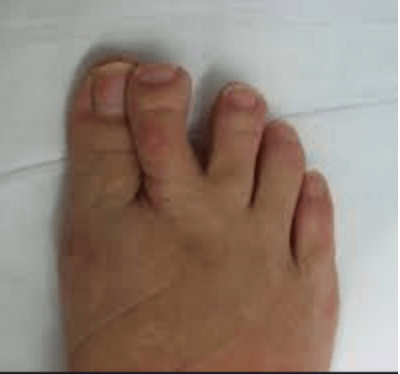
This typically involves the second toe. This is where the second toe deviates toward the great toe and can even ride over the top of the great toe. When this happens, the structure back at the knuckle behind the toe itself (second MTP joint) becomes out of alignment and can be subluxed. In severe cases the joint can also dislocate. This causes a tremendous amount of stress on the 2nd MTP joint capsule. It's not uncommon for the capsule to become attenuated or stretched and thinned out. It can have partial tearing. This can lead to pain in the joint and inflammation with local swelling.
Dr. Timothy Young Talks About Foot Surgery in Seattle
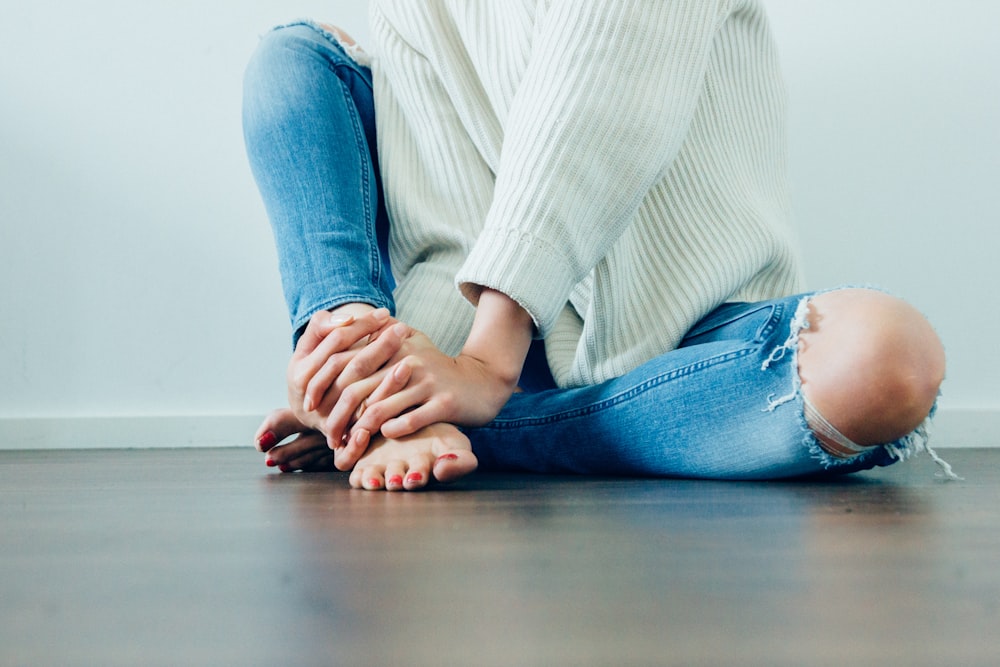
How to maximize your recovery after bunion surgery, with soft tissue and bone healing.
Give us a call at 425-391-8666 or make an appointment online today.



